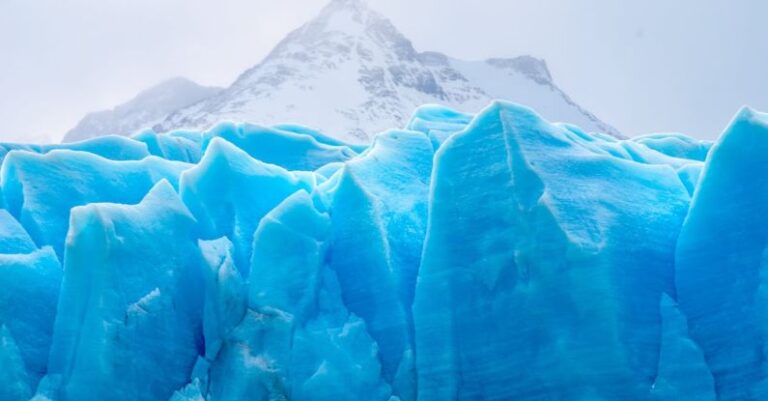
The Earth is a diverse and dynamic planet with a variety of climates that play a crucial role in shaping our environment and ecosystems. Climate zones are areas of the Earth that share similar weather patterns and climatic conditions. Understanding these different climate zones is essential for predicting weather patterns, studying biodiversity, and developing strategies for sustainable living. Let’s delve into the fascinating world of climate zones to grasp the unique characteristics of each.
**Tropical Zone**
The tropical zone is located near the equator, characterized by high temperatures and abundant rainfall throughout the year. This region experiences minimal temperature fluctuations, with average temperatures consistently above 64°F (18°C). The lush tropical rainforests found in this zone are home to incredible biodiversity, including a wide variety of plant and animal species. The Amazon Rainforest in South America and the Congo Rainforest in Africa are two prominent examples of tropical ecosystems.
**Subtropical Zone**
The subtropical zone lies between the tropical and temperate zones, experiencing warm to hot summers and mild winters. This zone typically has lower rainfall compared to the tropical zone, leading to the presence of grasslands and semi-arid regions. Mediterranean climates, found in regions like California and Southern Europe, are characterized by dry summers and wet winters, making them ideal for cultivating vineyards and olive groves.
**Temperate Zone**
The temperate zone is known for its moderate and balanced climate, with distinct seasons including spring, summer, autumn, and winter. This zone experiences a wide range of temperatures throughout the year, with warm summers and cool winters. Deciduous forests are common in temperate regions, shedding their leaves in the fall to conserve energy during the colder months. Countries like the United States, Japan, and Germany fall within the temperate zone.
**Polar Zone**
The polar zone is situated near the North and South Poles, characterized by frigid temperatures and minimal sunlight during certain times of the year. This region experiences extreme cold, with average temperatures well below freezing. The Arctic and Antarctic regions are part of the polar zone, where vast ice sheets and glaciers dominate the landscape. Despite the harsh conditions, polar regions support unique ecosystems adapted to survive in cold environments, such as polar bears and penguins.
**Highland Zone**
The highland zone refers to mountainous regions that exhibit varying climatic conditions based on elevation. As altitude increases, temperatures tend to drop, leading to cooler climates resembling those found in higher latitudes. Highland regions often experience rapid weather changes and are home to specialized flora and fauna adapted to rugged terrains. The Himalayas in Asia and the Andes in South America are examples of highland zones with diverse ecosystems.
**Implications of Climate Zones**
Understanding the different climate zones is crucial for various aspects of human life and the environment. Agriculture, for instance, relies on climate information to determine suitable crops for specific regions. Climate zones also influence energy consumption, as heating and cooling requirements vary based on the prevailing weather conditions. Additionally, climate zones play a significant role in shaping cultural practices, from traditional farming methods to seasonal celebrations tied to natural cycles.
**Looking Ahead**
As the global climate continues to change due to human activities, the boundaries of climate zones are shifting, leading to disruptions in ecosystems and weather patterns. It is imperative to monitor these changes closely and take proactive measures to mitigate the impacts of climate change. By studying and understanding the different climate zones, we can develop sustainable practices that help protect our planet for future generations.
In conclusion, the world’s diverse climate zones showcase the intricate interplay between geography, weather patterns, and ecosystems. Each climate zone has its own distinct characteristics and influences various aspects of life on Earth. By appreciating the uniqueness of each climate zone, we can gain a deeper understanding of the natural world and the importance of preserving our planet’s delicate balance.





